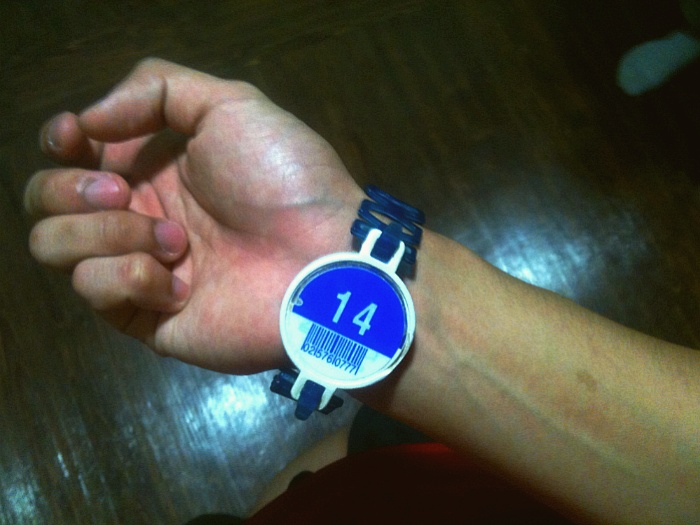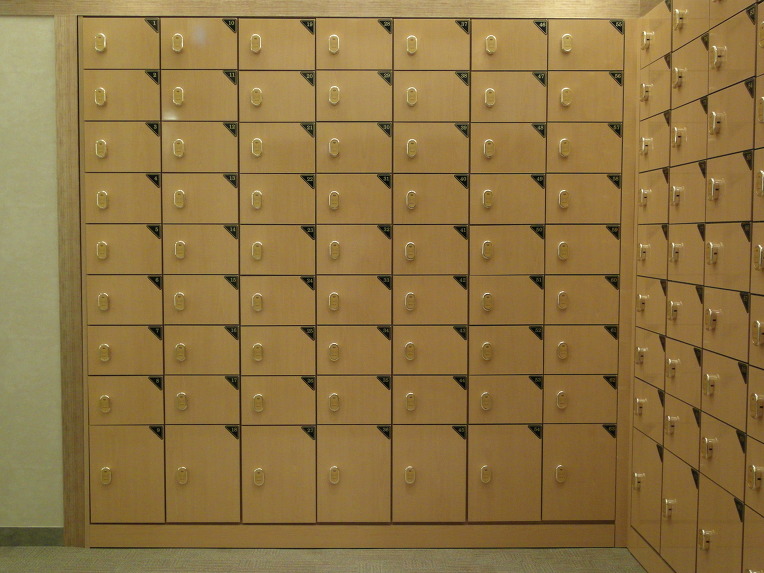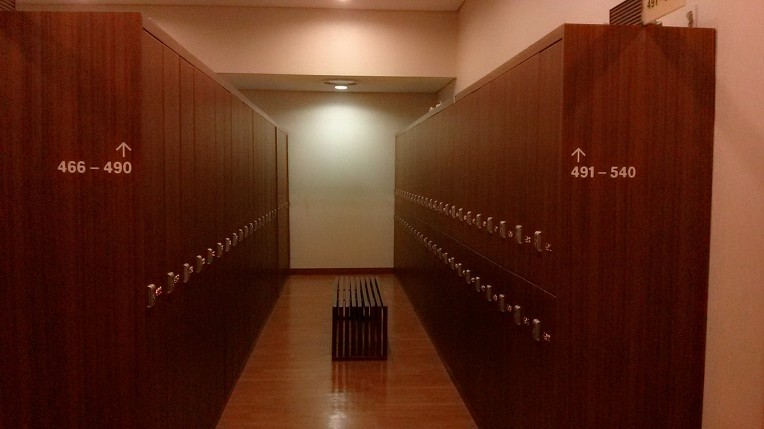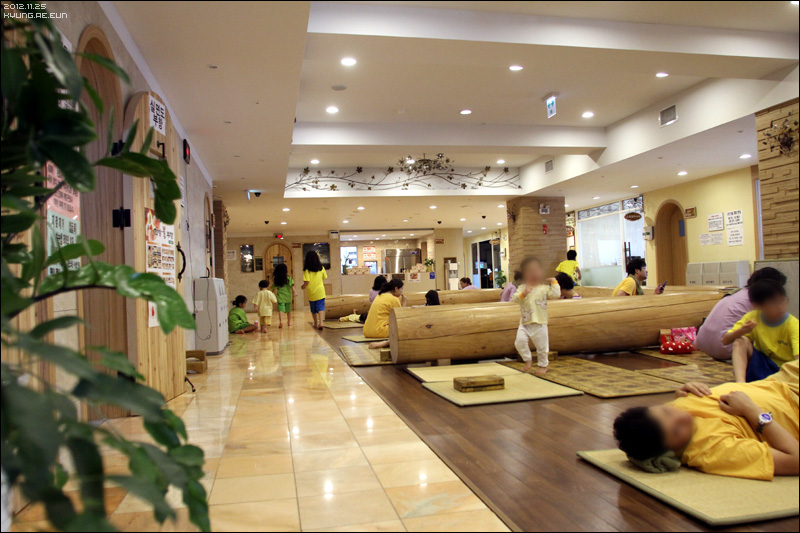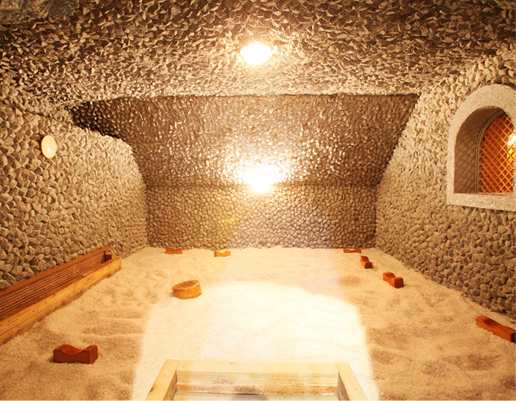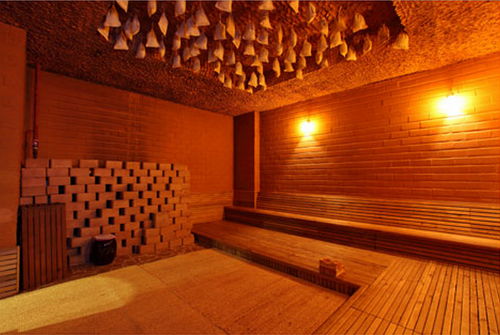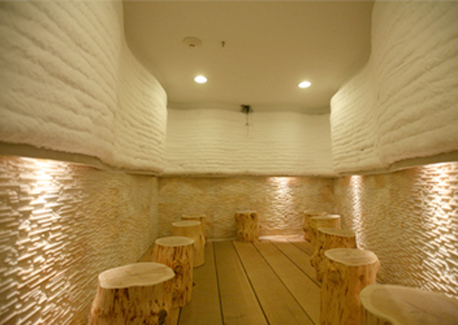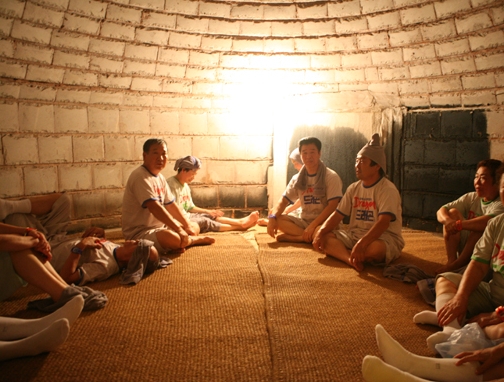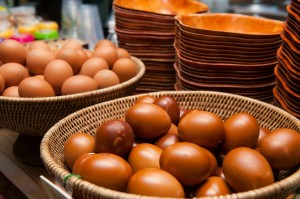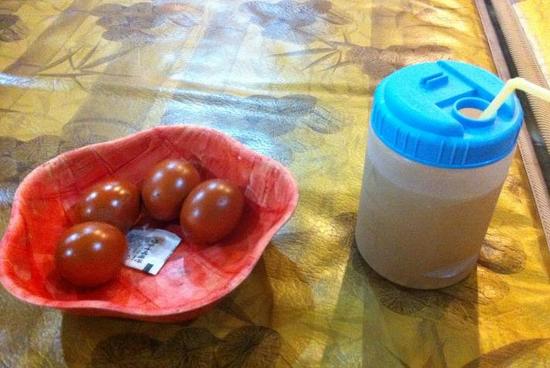
Handling Your First Jjimjilbang and Mokyoktang Experience Like a Pro – Part I: The Jjimjilbang
Jjimjilbang, once merely a curious observation of Korean culture by non-locals, have steadily grown in popularity and acceptance in recent years with global celebrities and non-Koreans alike among the latest fans. Its popularity boom is to the point that it’s not unusual now to find one or two in many major cities around the world.
But even though public baths and saunas have been enjoyed by various cultures for centuries, it remains a daunting ordeal to experience it in another country. So whether you’ve been curious or even too scared to try, here’s a full and thorough, two-part run down on how to handle your first Korean jjimjilbang and public bath experience just as a local would.
Background on Korean sauna culture- where social bonds are forged and maintained
Koreans have long held a fondness for saunas for centuries with Korean records of hanjeungmak, or saunas, going as far back as the 15th century during the Joseon dynasty. In addition to their alleged health, medicinal, and beautification properties, saunas and public baths have long functioned as an important social center in Korean culture and society. Even to this day a son going to the neighborhood mokyoktang (public bath) with one’s father (or daughter with her mother) is considered a familial honor and even duty. In fact, almost any Korean can share fond memories and vivid recollection growing up of his or her regular trips to the baths with his or her parent. The same can be said of going with a friend(s), which reflects the close bond of friendship you share. Their social and interactive functions have expanded even further in recent year with jjimjilbangs now popular date activities for couples, as reflected in the many jjimjilbang scenes in various Korean dramas. Step inside any jjimjilbang today, and you’ll see it’s one of the few places where these interactions of all ages, background, and relations come together.
It should be noted that though the two are sometimes confused together, a ‘jjimjilbang’ is not the same as a public bath. ‘Mokyoktangs’ are the general, gender-separated public baths which ARE found within most jjimjilbangs. Jjimjilbangs are the heated rooms and kiln saunas with different properties (clay, salt, charcoal, etc) and for all genders (wearing provided uniforms) where people go to relax, sweat, and socialize. All jjimjilbangs will have mokyoktangs but not all mokyoktangs have jjimjilbangs.
Choosing a jjimjilbang
Like any establishment, the service, quality, and cleanliness of a jjimjilbang can greatly vary from one to another. Generally, going where many of the locals seem to go is a good rule of thumb but if it’s your first time at a jjimjilbang and you’re worried about any communication issues, you may want to choose a major jjimjilbang such as Dragonhill Spa in Seoul’s Yongsan which are used to receiving non-Korean guests. Note though, that the general admission at these bigger jjimjilbangs will often be much heftier than others.
A jjimjilbang + baths access will vary from 6,000 to as high as 15,000 in the fancier and bigger establishments but will depend on the facility, size, location, and other factors. Admission for just the baths alone is cheaper while admission for either and both are generally raised for overnight hours and sometimes weekends and holidays.
Paying, Storing, and Changing
Once you enter the jjimjilbang, you should be able to easily find the ticket counter. You may be asked if you want to take a bath only (목욕 or “mokyok”) or do the full jjimjil + bath experience. Just let them know you want to do the full jjimjil and bath. After you pay, the attendant will usually give you three things:
- Your locker number paper. This looks like a small receipt and will have your cubby and locker number on it
- Your set of jjimjil clothes. Usually a t-shirt and shorts made of cotton. Depending on the jjimjilbang, the clothes may all be a free size or they may carry different sizes. If they do carry different sizes, unless you specify, the attendant will usually size you up with a glance and give whatever seems the best fit.
- A locker key. This electronic key has your number written on it and a stretchy band attached to it. DO NOT LOSE THIS KEY. Not only will you be charged if you lose it but whoever finds your lost key can easily open your locker and steal your belongings. Additionally, in most jjimjilbangs, these keys are “smart” keys meaning they are embedded with a chip inside that records into their master system for any payments on food, beverages, supplies, and services you choose to get (more on this later). The stretchy band attached to the key is there so you can wear it around your wrist or ankles in the jjimjilbang section as well as the baths (the keys are water, heat, and sweat proof).
Once you receive those three things, look for the signs that point you towards the gender-separated changing rooms. The men and women sides may be on different floors. Head towards your appropriate changing room.
Note: If you came with others of the opposite gender from yourself, this is the part where you will temporarily have to separate. If you’re planning to meet back up to jjimjil together after changing, you should designate a time and meeting point. Popular meeting points include the common resting area, the cafeteria/food court, etc.
In the changing room, some jjimjilbangs have a separate cubby for your shoes. Simply go to the shoe cubby that matches the number on your cubby/locker number paper. Take your key and place it into your shoe cubby, it should make a small beep alerting you that it’s been opened, and turn the key. Place your shoe inside, close the cubby (it should make a beep sound again to show it’s locked), and make sure the cubby is locked. If the jjimjilbang doesn’t have a separate show cubby section, take your shoes off at the changing room entrance and bring them to your locker.
In the changing room, now head to the lockers and find your numbered locker. Once you open the locker you can either choose to take a shower and hang out in the gender-separated baths section first or change into your jjimjil clothes to get your sweating on first.
If you decide to jjimjil first, undress and change into the provided jjimjil uniform. Place your clothes and any personal belongings (including mobile phones and wallets) inside your locker and shut the locker, making sure it’s locked completely (but remember to continue wearing your key around your wrist or ankles!) You can return to your locker and cubby at any time to fetch anything but just ensure your locker and cubby are locked each time after opening.
The Common Room
Follow the signs that direct you to the jjimjil rooms. Before you leave the changing room, you may want to pick up one of the stacked provided towels to bring along to wipe up any excess sweat in the jjimjil rooms. You can make the towel into one of the popular sheep heads to wear but more on that later.
The makeup of the jjimjil section at a jjimjilbang differs but generally most jjimjilbangs have a large, and warmed “common room” where people can relax and chill. The various jjimjil rooms are usually connected to this main common room. You can also usually find a cafeteria and/or snacks and drinks section, bathrooms, and sleeping rooms. Some jjimjilbangs even have spas, massage centers, and other services you can receive after paying.
The common room is where one goes to rest, eat, loung, and even sleep. There are usually free floor mats and “pillows” for patrons to rest and lie on. To enjoy, simply find a spot, bring over your mat and pillow, and rest up.
On weekends, the common room is usually filled with people and teeming with activity. Noise levels can get loud at times but it’s expected that people will quiet down when it becomes after hours in the evenings. Often there may be sleeping rooms (usually gender separated) for those who want a little more peace for some shut eye.
The Jjimjil Rooms
There are usually a few jjimjil rooms of varying temperature degrees with rooms usually having some sort of special property in its makeup. Examples include salt rooms with heated salt rocks, charcoal rooms, jade rooms, clay rooms, and more. Each of the rooms and their unique properties are said to hold specific health and beauty effects in everything from digestive to circulatory issues.
Plan to spend around 10 minutes in a room before coming back out to the common area, resting, cooling off, and repeating (making sure to drink plenty of water in between). The whole point of the process is to help your body relax, your body loosen, and sweat out the toxins.
Most jjimjilbangs will also have an ice room for cooling off, as well as one or two blazing hot “bool han jeung mak” or “불한증막” rooms. These latter rooms are usually shaped like an igloo and are the hottest rooms in the jjimjilbang.
The extremely hot “han jeung mak” is not for the faint of heart- some can reach as high as 40 degrees Celsius or more. In fact, you may even want to mask your face with a towel if you find the air too hot to breathe though the fragrant wood and herbs inside should help. You can sit, lie down, on the floor, or lean on the wooden planks placed against the walls but it’s best if you don’t move around too much. Almost immediately you will notice sweat beads forming all over your body. Among friends, and even with strangers at times, unspoken competitions are often sparked on who can last the longest inside. Don’t let pride get in the way of health and safety though, and never foolishly stay inside more than 5-10 minutes.
Fueling Up on Snacks and Food
A jjimjilbang will almost always have at least a small snack corner where you can pick up on snacks and beverages. And remember your locker room key which should be around your wrist or ankle? Many jjimjilbangs have a smart key system which means not only do the keys work on opening and closing your locker but they can also be used to track any purchases made for food, beverages, supplies, and other services. Simply order what you want, hand the attendant your key, and they’ll use it to make a record of all your purchases. Later, after bathing and heading out for good, they’ll scan your returned key and tell you your total additional payments. In the case the jjimjilbang you’re at doesn’t use a smart key system, head back to your locker to retrieve some cash, lock up, and pay.
While the choices in eats and drinks at a jjimjilbang are often staggering a few choices standout for being generally associated with jjimjilbang-ing. Shik-hye, a sweet, malt water drink made from rice, is a popular drink choice as is hongcho, which is a fruit-based, sweetened, natural vinegar drink that’s high in antioxidants. Maekbanseok, eggs that are slow cooked in high heat sauna, is also a must and comes with a packet of iodized salt to dip in. Patbingsu, or red bean shaved ice, is also a popular treat. Standard soft drinks, coffee, and other eating and drinking options are generally available.
Some jjimjilbangs even have a cafeteria where a variety of quick meals (from donkatsu to ramen) are sold. Payment is also by your smart key or cash. Miyeokguk, or seaweed soup, is also a popular dish for its nutritious properties.
And note that drinks come in portable containers allowing you to bring them into the saunas with you!
Making and wearing the infamous sheep head
The popular sheep head (양머리) is often a source of curiosity and envy. If you want to join the herd (pun intended) and make and wear one of your own, follow this video tutorial:
Other tidbits and advice about the jjimjilbang:
- For the extremely hot rooms, you will definitely want to store away things like glasses and cell phones into your locker before entering
- No swim suits of any kind are needed for the jjimjilbangs
- Like any public areas, exercise caution with personal belongings. Though generally safe, petty theft can definitely happen at a jjimjilbang
- If you’re pregnant, ill, or intoxicated, entering the hotter jjimjil rooms may not be the best idea
- Be considerate to other patrons when it becomes late evening hours by keeping voices down
- Unless there’s an emergency, you are not allowed to leave the jjimjilbang premise and return
After alternating between the jjimjil rooms and you’re ready to leave, it’s time for the baths. Stay tuned for part II for how to go to the Korean baths like a pro.

